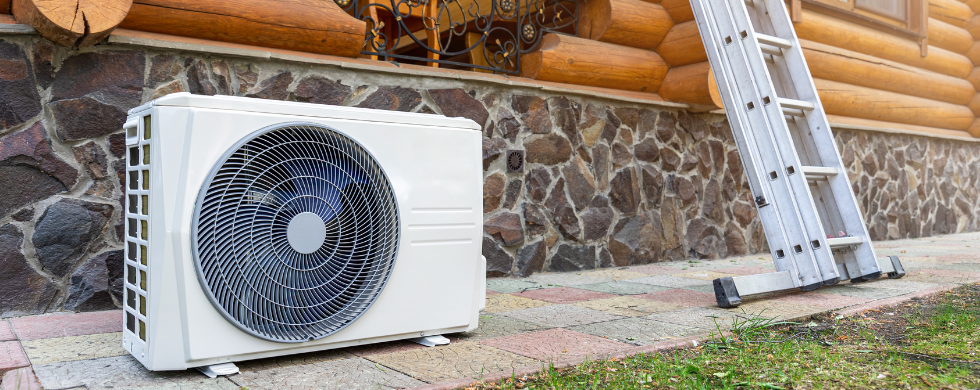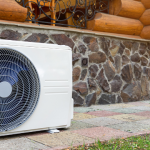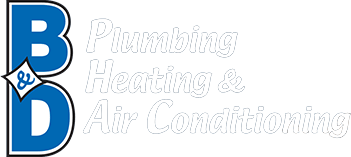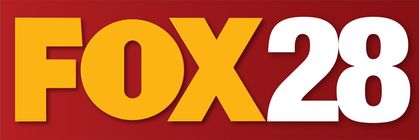This Year, Treat Yourself and Upgrade To a New HVAC System!
A new year represents a chance to start fresh, leave behind the old, and usher in the new. Normally, this principle goes to things like habits and career moves, but it's just as useful when it comes to the rickety old furnace that sounds like it's going to explode any day now.
Many homeowners put off replacing their old HVAC unit until its dying day, but what they don't realize is that an ailing, outdated unit may be costing them a fortune to keep running. Not to mention it might quit at the worst possible time, like in the middle of a blizzard on a sub-zero night. For the sake of efficiency, uninterrupted comfort, and safety, there's no time like the present for replacing an old furnace.
How To Tell If an HVAC Unit Needs Replacing

Most furnaces, boilers, and heat pumps last about 15 years on average, though that figure drops significantly if the unit has not been well maintained. In general, any unit over 10 years old is more likely to fail and is approaching obsolescence. A unit that requires frequent repairs and replacement parts are probably not worth keeping around - the service costs across time will nearly match the price of a new unit.
An HVAC unit that's struggling to meet the demands of the thermostat will run almost constantly. While replacing the coils or blower motor may solve the problem, this constant running often means that the unit can no longer handle the workload. Along these lines, a loss in efficiency - reflected in rising energy costs - is a common indicator of a failing unit.
Make Sure the Unit Is the Right Size for the Home
Selecting an appropriately sized furnace or heat pump is key to both the unit's efficiency and longevity. A unit that's too small will struggle and ultimately fail to maintain the correct temperature and circulate air throughout the home. Too large of a unit will not perform efficiently and will likely burn out prematurely.
Determining the correct HVAC sizing for any given home is a complex equation. HVAC dealers, technicians, and utility companies use what's called a Manual J Calculation to get a precise measurement of a home's heating and cooling needs. The Manual J considers cubic footage, insulation, window locations, climate, and other important factors to arrive at the number of BTUs (British Thermal Units) required to most efficiently heat the home. Only an HVAC unit within that BTU output range should be installed.
The Importance of Properly Maintaining a New System
Once the new, more efficient HVAC system has been installed, the key is to make it last. After all, it's an investment - and one that can pay off for many years to come. No one should have to shell out for major repairs after only a couple of years. HVAC failure comes primarily from lack of maintenance, so homeowners owe it to themselves to be diligent about maintaining their unit.

Fortunately, this is incredibly easy to accomplish. Regularly changing the air filter (and marking the calendar for next time) is the first step. Then all that's left is scheduling routine visits with a trusted HVAC company for inspections and maintenance. The pros can handle the hard stuff, like cleaning the gas burners, lubricating the fan bearings, and securing loose wires - among other things. Especially in Minnesota, where the brutal winters put every furnace to the test, twice-yearly visits (in the spring and fall) can save plenty of headaches and heaps of money.
About B & D Plumbing, Heating & A/C
B & D Plumbing, Heating & A/C has proudly served St. Michael, Minnesota since 1982. They are a family-owned, BBB-accredited, 5-star company committed to quality, exceptional customer service, and community involvement. These courteous technicians are ready to respond at any hour (including nights and weekends) with fully stocked trucks, up-front pricing, and financing options - and their work is backed by a 100% satisfaction guarantee. Call now for expert HVAC services!














